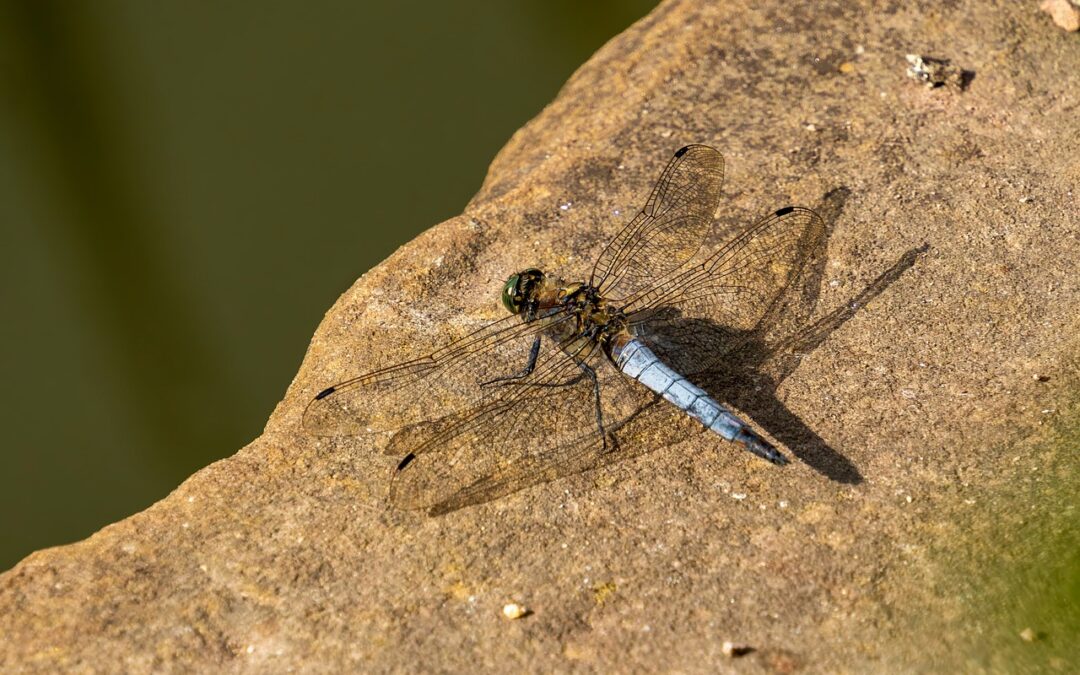Contents
Concrete for Wildlife Habitat Projects: A Comprehensive Guide
TL;DR – Too Long; Didn’t Read
Concrete is a versatile material that can be used to create long-lasting structures, such as habitats for wildlife. By using concrete, you can provide animals with a safe and stable environment to live, feed, and breed. Concrete is relatively inexpensive and easy to work with, making it a great option for creating wildlife habitats of all sizes.
The Benefits of Using Concrete for Wildlife Habitats
There are many benefits to using concrete for wildlife habitats. Some of these benefits include:
- Durability: Concrete is a very durable material, which means that it can withstand the elements and last for many years. This makes it an ideal choice for creating permanent wildlife habitats.
- Versatility: Concrete can be used to create a variety of different structures, including nesting boxes, shelters, and feeding stations. This makes it a great option for creating habitats for a variety of different wildlife species.
- Affordability: Concrete is a relatively inexpensive material, making it a great option for creating wildlife habitats on a budget.
How to Use Concrete for Wildlife Habitats
There are a few things to keep in mind when using concrete for wildlife habitats. First, it is important to make sure that the concrete is free of any harmful chemicals. Second, it is important to create a rough surface on the concrete so that animals can easily grip it. Third, it is important to provide drainage holes so that water does not pool in the concrete.
Different Types of Concrete for Wildlife Habitats
There are several different types of concrete that can be used for wildlife habitats. Some of the most common types include:
- Portland cement: This is the most common type of concrete, and it is made from a mixture of cement, sand, and gravel.
- Geopolymer concrete: This type of concrete is made from a mixture of fly ash, sand, and gravel. It is more environmentally friendly than Portland cement, and it is also more resistant to fire and chemicals.
- Hempcrete: This type of concrete is made from a mixture of hemp fibers, sand, and lime. It is a lightweight and insulating material, making it a great option for creating wildlife habitats in cold climates.
Success Stories
There are several success stories of people using concrete to create wildlife habitats. One example is the work of the Wildlife Conservation Society in the Bronx Zoo. The society used concrete to create a nesting site for a pair of peregrine falcons. The falcons have successfully raised chicks in the nest, and they have become a popular tourist attraction.
Another example is the work of the National Audubon Society in the Everglades National Park. The society used concrete to create a nesting site for a colony of great blue herons. The herons have successfully raised chicks in the nest, and they have become a popular tourist attraction.
Conclusion
Concrete is a versatile and affordable material that can be used to create long-lasting and durable wildlife habitats. By using concrete, you can provide animals with a safe and stable environment to live, feed, and breed.

